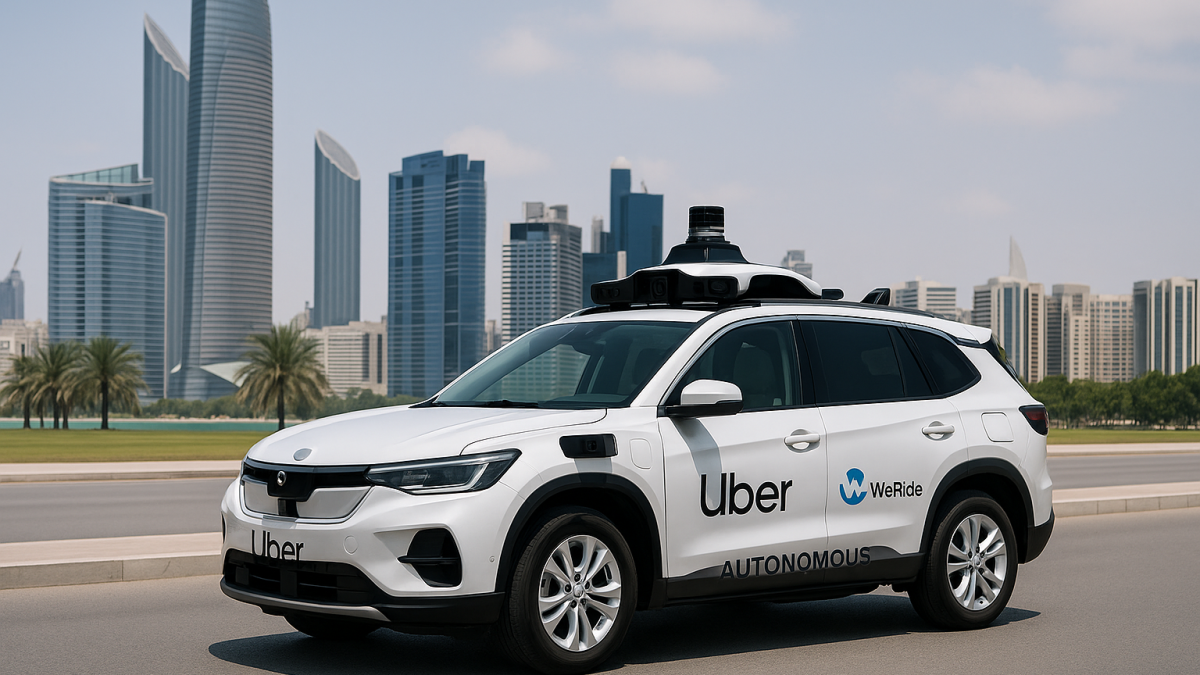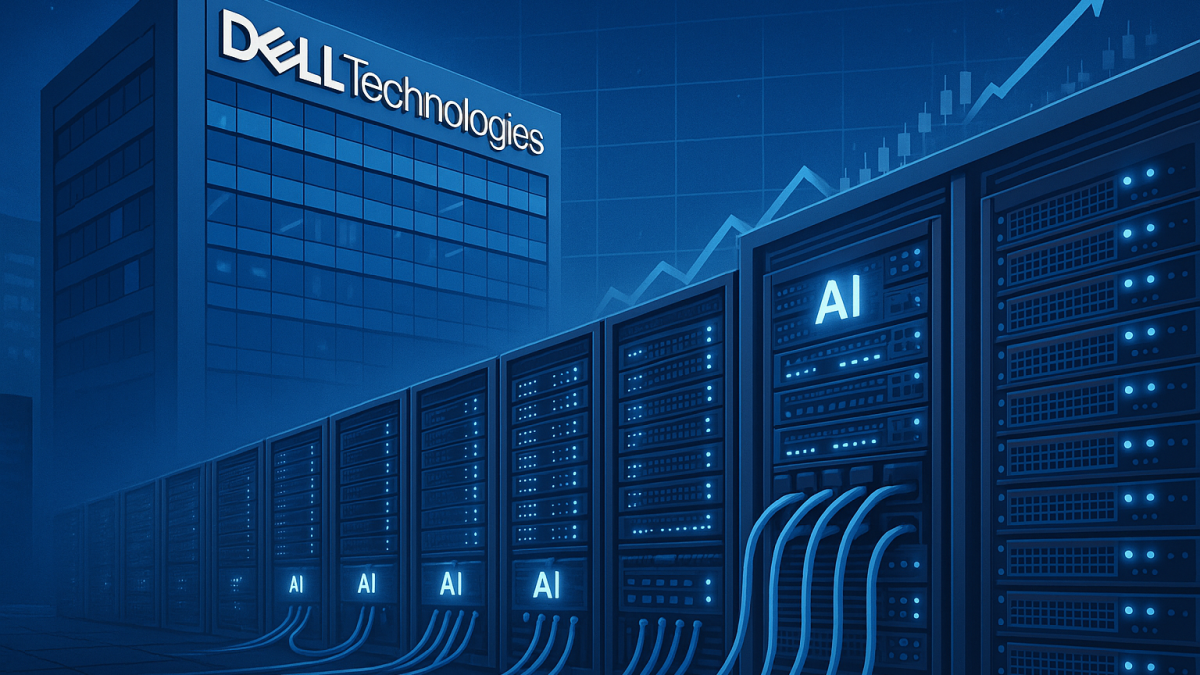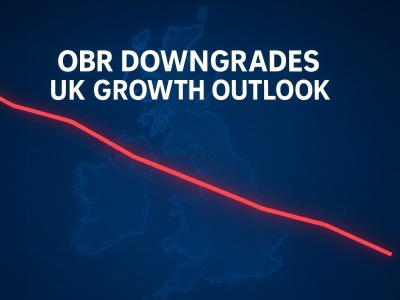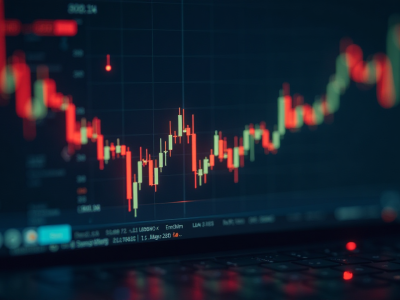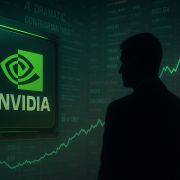
Kirk Yang, a former Wall Street analyst who’s currently with the National Taiwan University as an adjunct professor of finance, sees the artificial intelligence (AI) bubble as “real” but not imminent.
Speaking recently with CNBC, Professor Yang argued the AI bubble could take “one or two years” to burst.
In the near-term, he’s convinced, growth will continue, even as valuations remain stretched.
Note that the AI stocks’ strength currently has the benchmark S&P 500 index up over 30% versus its year-to-date low in April.
Why will it take some time for the bubble to burst
According to Kirk Yang, it could take another year or two before the bubble bursts, mostly because the AI infrastructure is currently in the expansion phase.
“Every company is building their AI capabilities, data centres, components, everything,” he noted.
This massive investment cycle is expected to sustain revenues for leading players such as Nvidia and OpenAI – keeping investor enthusiasm alive.
Yang compared the AI bubble to the dot-com era, where global businesses rushed to build internet infrastructure before profitability concerns surfaced.
In the CNBC interview, the market expert acknowledged that the current AI boom is supported by tangible earnings and sales growth – unlike the early 2000s, when many companies had little to show.
However, he cautioned that once the infrastructure is in place and profitability timelines become clearer, the market will likely face a significant correction.
Yang expects strong AI names to survive the burst
Despite his warnings of a looming correction, Kirk Yang remains optimistic about the long-term prospects of AI.
Much like the internet bubble, he believes the strongest companies will endure the upcoming burst and continue to thrive in the long run.
“After consolidation, going forward, we’re going to see very strong AI companies, just like after the Internet bubble, just like the next Amazon, the next Google,” he told CNBC.
Yang pointed out that while valuations are high, firms such as Nvidia still report robust earnings and sales growth, which sets them apart from the revenue-less startups of the dot-com era.
He expects volatility, profit-taking, and warnings from analysts – but ultimately sees the sector producing dominant players that will define the next generation of technology.
AI has a bright but bumpy road ahead
Yang’s perspective underscores a dual reality for investors – the artificial intelligence sector is both overheated and full of promise.
The bubble, he argued, is undeniable, but its bursting will be delayed by ongoing infrastructure buildouts and strong near-term earnings.
Plus, when the correction does arrive, it will likely be smaller than the dot-com crash, leaving behind resilient companies that continue to shape the future of technology.
For investors, the message is clear: expect volatility, prepare for eventual consolidation, but recognise that AI’s long-term trajectory remains upward.
As Yang concluded, “the AI future is very strong, but it’s not a smooth line going up.”
The post Here’s how long it will take for the AI bubble to burst appeared first on Invezz

